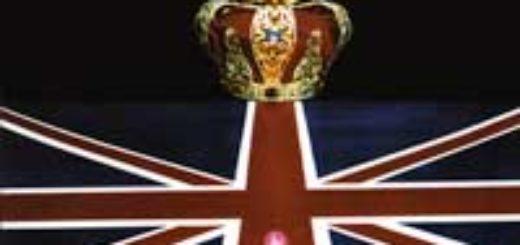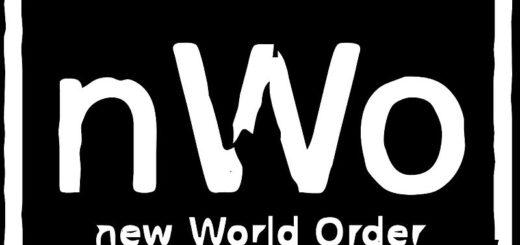Blackfeet Bring Bison Home After 150 Year Absence
ENVIRONMENT
Blackfeet Bring Bison Home to Chief Mountain
Tribal members hailed the return of wild free-roaming buffalo to Indigenous land as an expression of sovereignty and the beginning of a cultural and ecological renaissance
BY TRISTAN SCOTT
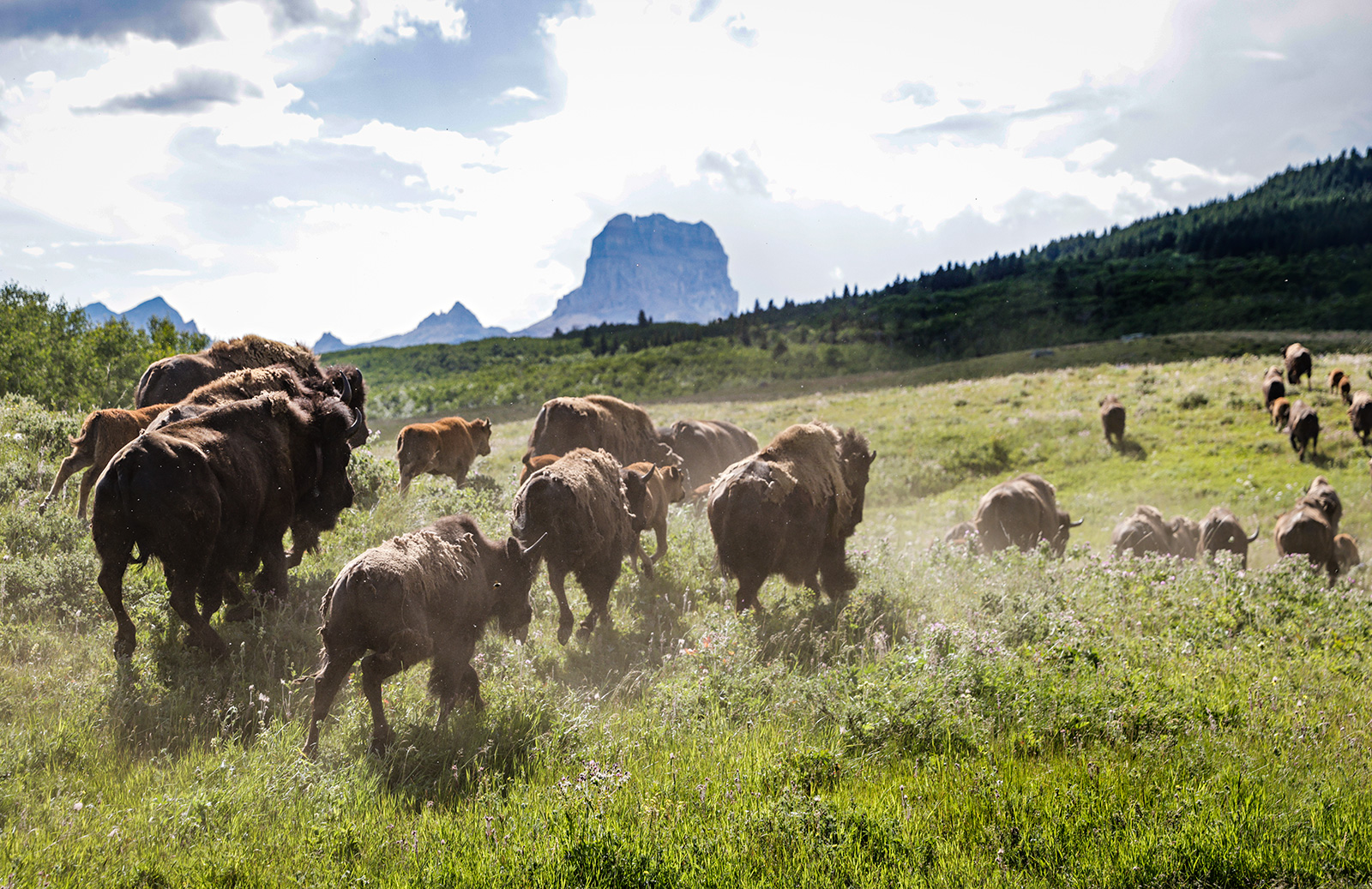
Abrazen bison calf was the first to clamber off the livestock trailer and into the shadow of Chief Mountain, where for a few wobbly moments it stood alone, blinking uncertainly at a sprawling ancestral homeland that hasn’t supported a herd of wild buffalo for 150 years. An instant later, in a thunderclap of hooves, the russet-coated calf was joined by two dozen of its shaggier, surer-footed compatriots, their dark humps heaving against the square, sacred massif that dominates the horizon of their new home on the range.
Or, rather, it’s the home they’ve always had, a place where the Blackfeet Indian Reservation’s rolling foothills adjoin the ragged edge of the Rocky Mountain Front to form one of the most diverse ecosystems in North America, and where, for a century-and-a-half, the glaring absence of bison has conjured painful memories of cultural and ecological collapse for members of the Blackfeet Nation.
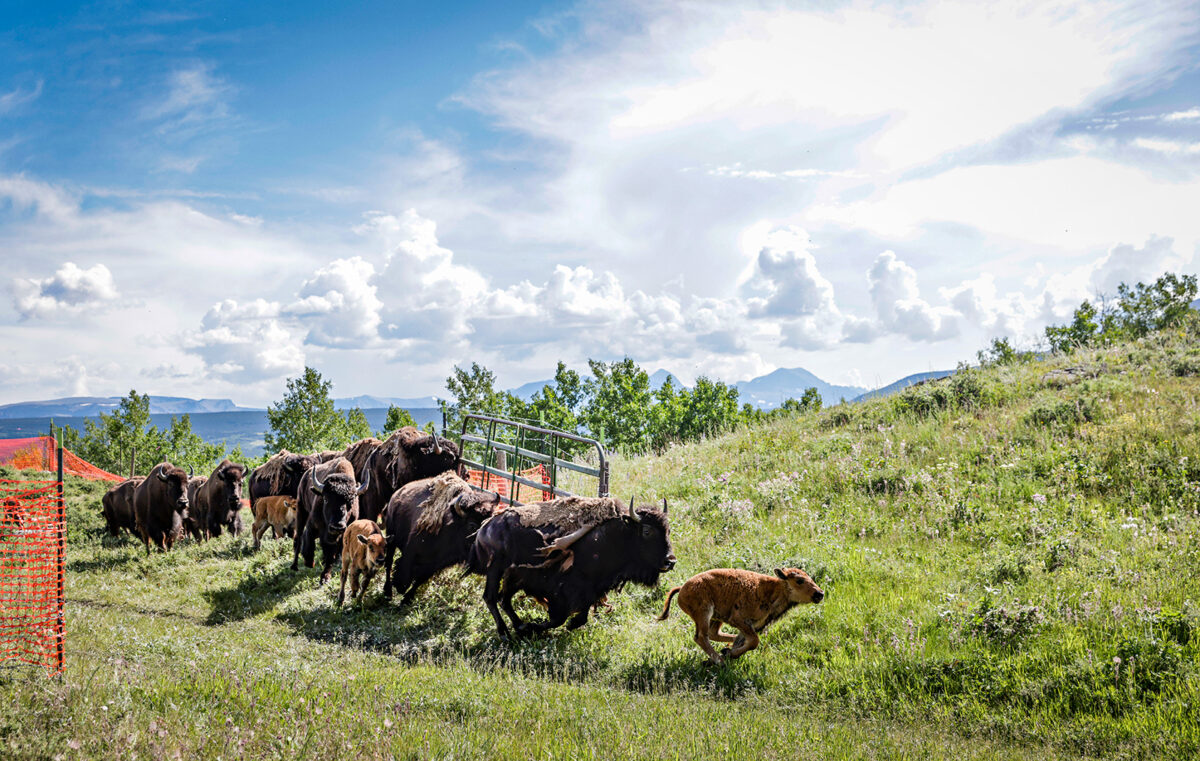
On June 26, the Blackfeet celebrated their homecoming. For some tribal members who marveled at the procession of wooly animals, their repatriation is an expression of sovereignty. For others, it marked the re-wilding of a landscape that’s been missing a central player for far too long. And for others, it signaled the beginning of a renaissance, a reconciliation and a restoration, all on the back of the buffalo.
“It’s fitting that the first one that jumped out was a calf, because this is our future,” said Helen Augare, who leads the Blackfeet Community College’s Native Science Field Center. “This is forever. This is how we rebuild. This is how we restore. This is how we heal.”
Standing a few feet away, Ervin Carlson Sr. plucked a dusty hank of chestnut hair off the ground and pressed it between the meat of his broad palms, as if searching for tactile verification that the bison — 25 genetic descendants of a wild remnant herd saved from slaughter in 1873 — had indeed returned to their homeland. The director of the Blackfeet Nation Buffalo Program, Carlson watched as the animals sprinted toward the tribally managed rangeland units girding the distinct tower-like formation of Chief Mountain, which punctuates the northeast corner of Glacier National Park and is held in hallowed regard by Blackfeet tradition.
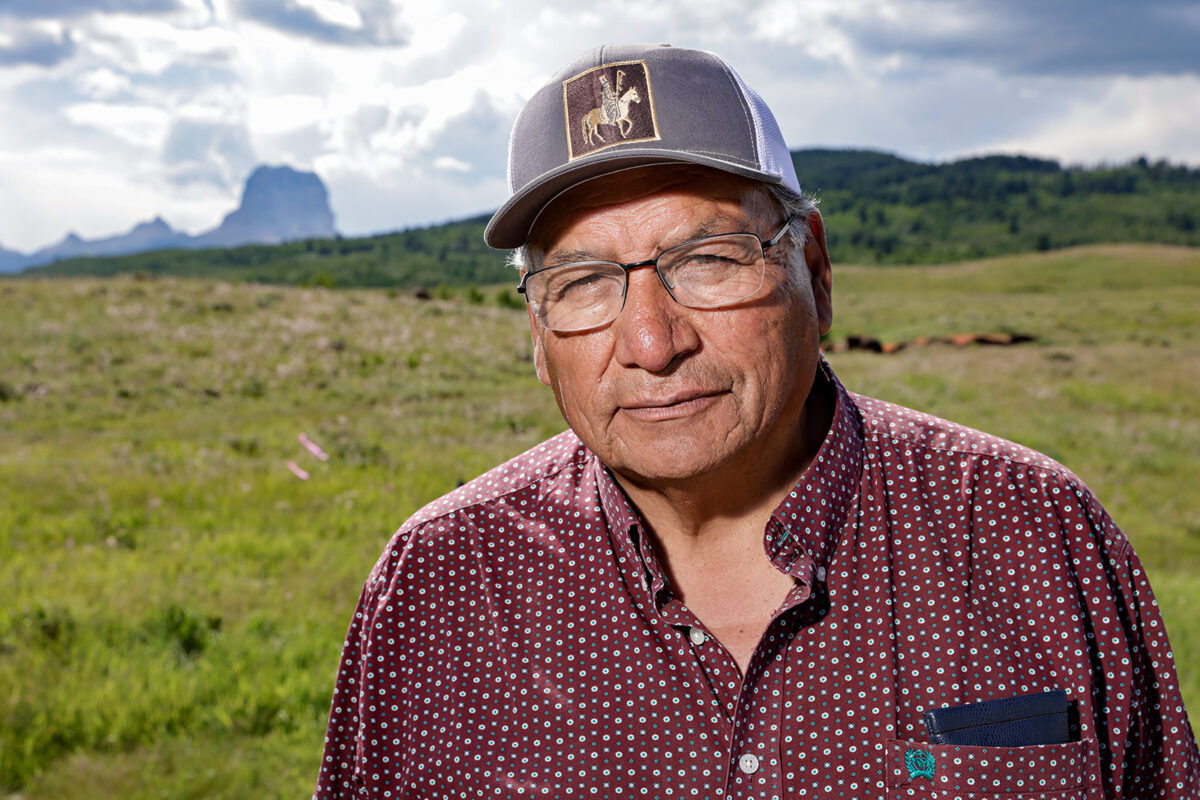
“It’s like bringing them back to where they belong, bringing them home,” said Carlson, his voice quiet and his jaw clenched tight. “They took care of us for thousands of years. The best way we can take care of them now is by releasing them to their homeland where they originated from.”
For Carlson, who helped engineer the tribal bison program that culminated in the historic June 26 release — marking the first time a sovereign Indigenous nation has returned free-roaming bison back to their native habitat — the emotional weight of the occasion was palpable.
“To see them out here, it just choked me up,” Carlson said. “It’s a real good feeling. It finally feels right, after feeling wrong for a long time.”

Just as glaciers cut the verdant valleys that feed the prairie grasslands, bison sculpted the plains that kiss the eastern edge of Chief Mountain and Glacier National Park. Historically, as many as 60 million buffalo ranged freely across the American Prairie, nurturing and sustaining the Siksikaitsatapi people of the Blackfoot Confederacy, whose ancestral homeland straddles the Continental Divide and spans what’s now the border between the U.S. and Canada, as well as Waterton-Glacier International Peace Park. To the Blackfeet, the area is better known as Miistaakis, or the “Backbone of the World,” and the bison that roamed its corridors are Iinniiwa. But those herds were nearly exterminated in the mid-19th century as part of a strategy to starve groups of Indigenous people into submission, and the Blackfeet are survivors of the so-called “Starvation Winter” of 1883, during which a quarter of the tribe, or around 600 people, died from malnutrition.
On the Blackfeet Indian Reservation, efforts to restore free-roaming bison to the landscape have been gaining momentum for years as tribal leaders and wildlife managers increasingly recognize not only their ecological significance to a landscape that, in their absence, has been transformed, but also their central role to the tribe’s cultural lifeways.
“They’re a keystone species culturally as well as ecologically,” said Lauren Monroe Jr., vice chairman of the Blackfeet Tribal Business Council. “We felt it was important to release this herd and manage this program according to our cultural and ecological principles while also respecting those of our partners.”
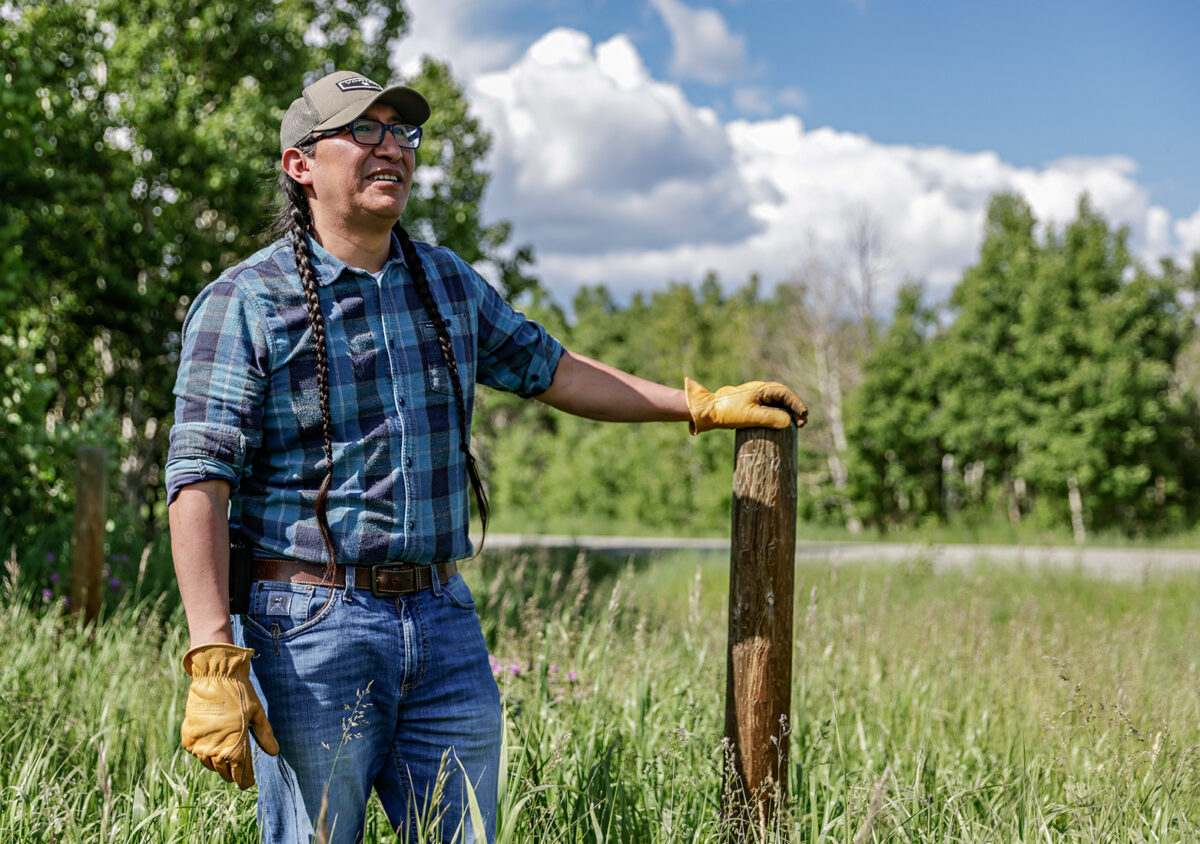
Known as the Iinnii Initiative and launched in 2009, the leaders of the Blackfoot Confederacy have been working in earnest to conserve traditional lands, protect Blackfeet culture and ensure bison have a home. In 2014, the four nations within the Blackfoot Confederacy — the Blackfeet Nation, the Kainai Nation, the Piikani Nation and the Siksika Nation — held a Tribal Treaty Convention, committing the northern Tribes and First Nations to promote their cultural practices and land protections through the repatriation of buffalo.
In 2016, those efforts took a quantum leap forward with the arrival of 88 young bison from Elk Island National Park in Alberta, Canada, where direct descendants of the Blackfeet’s last wild herd, captured in 1873 by Samuel Walking Coyote, have lived for a century-and-a-half, forming the core of a herd tribal officials hoped would one day roam freely on their native land. As tribal leaders worked to ease tensions with neighboring ranchers concerned about how free-roaming bison would co-exist with domestic livestock, the Blackfeet Tribal Business Council brokered an agreement to retire six tribal grazing leases bordering Glacier National Park’s eastern boundary, collectively known as the Chief Mountain Wilderness Unit, which unfolds across 24,000 acres.

Last month, the Blackfeet Tribal Business Council passed a resolution calling for the release of 20 mature buffalo (five mature bulls and 15 mature cows) and five calves into the Chief Mountain area, as well as the drafting of a memorandum of understanding with Glacier National Park leadership.
Rep. Marvin Weatherwax, D-Browning, who serves on the Blackfeet Tribal Business Council, said it’s worth noting that the Blackfeet bison initiative has unfolded on the doorstep with Glacier National Park with renewed backing from Interior Secretary Deb Haaland, the first Native American to lead a cabinet agency, as well as National Park Service Director Chuck Sams, the first Native American to lead that agency.
Under Haaland and Sams, whose pledge to foster co-management relationships between tribes and public land management agencies has led to led to what some traditionalists consider a cultural revival, the Blackfeet have been emboldened to explore co-management opportunities in the Chief Mountain region, including in Glacier, where the Blackfeet hold reserved treaty rights.
For example, Monday’s released occurred just months after the Interior Department approved several orders to restore wild bison to grasslands, explaining that the animals enrich the soils, restore native plants and wildlife, and are a boon to agriculture and recreation. One of Haaland’s orders established a Bison Working Group, with representatives from the Bureau of Indian Affairs, Bureau of Land Management, U.S. Fish and Wildlife Service, National Park Service and U.S. Geological Survey. Together, the group is tasked with developing a Bison Shared Stewardship Plan to establish a framework for bison restoration.
According to Weatherwax, the support prioritizes initiatives like the Iinnii while helping tribes realize their restoration goals.
Still, the repatriation of free-ranging bison on a wide-open landscape hasn’t been without its tension points, particularly as the potential for the animals to wander across the international boundary into Canada remains at play and continues to raise concerns among ranchers and private landowners. But the Blackfeet bison have been tested and are certified free of disease and other pathogens, including brucellosis, and biologists anticipate their distribution will correspond with prime foraging opportunities, as well as the rich habitat flanking Chief Mountain and portions of Glacier National Park, including the Belly River, Many Glacier and Saint Mary.
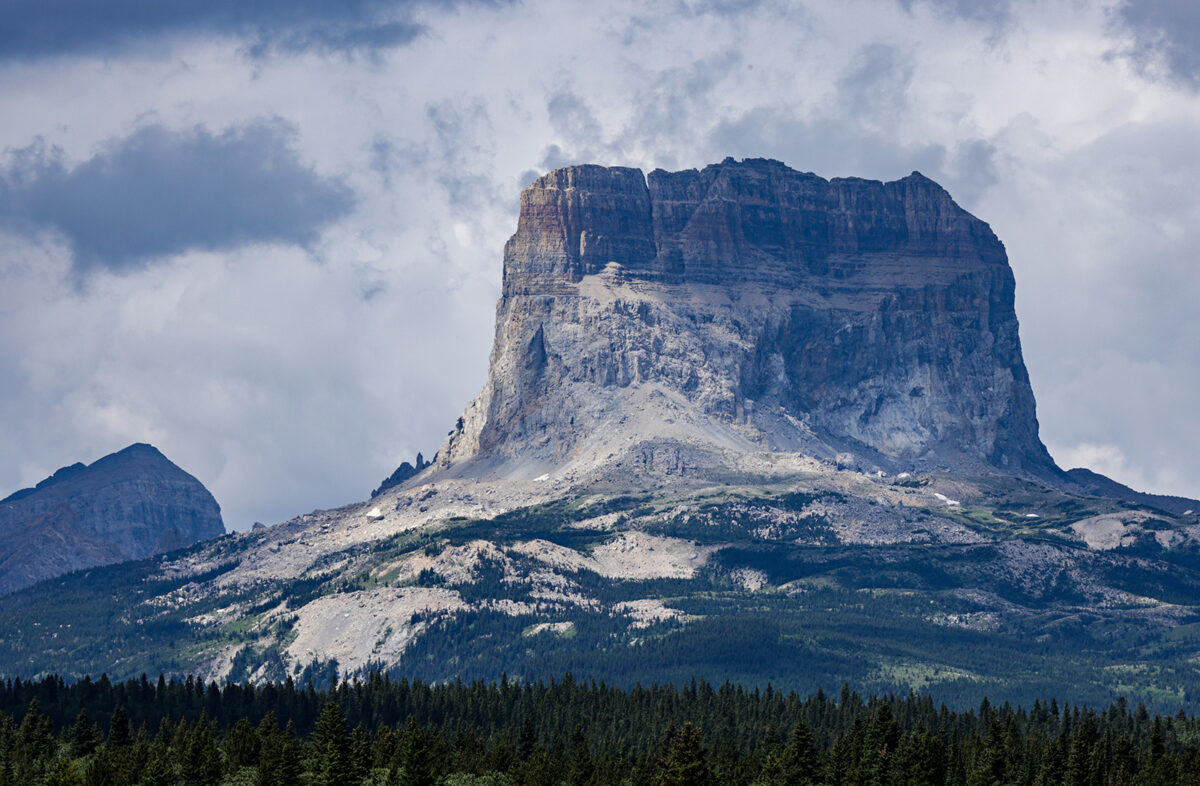
“There were buffalo here for generations. They’re a keystone species, so putting them back in here with the rest of the wildlife where they belong kind of makes things complete,” Carlson said. “They’re so good for the landscape. They’re real good stewards of the land.”
A year into his job as superintendent of Glacier National Park, Dave Roemer even attended Monday’s release at Chief Mountain, and afterward dined with tribal leaders at a restaurant in Babb — a show of support and solidarity from within the ranks of a federal agency with which tribal relations were historically strained.
“The park, through history, has not always been a very good steward of Indian culture,” John Murray, the Blackfeet Tribal Historic Preservation Officer, said. “There have been many disputes. However, the tribe has deepened its relationships with the park, and thanks in part to the last few superintendents it has played a larger role in co-management of the park.”
Following the bison’s release, Glacier National Park issued the following prepared statement:
“It is an honor for Glacier National Park and the Waterton Glacier International Peace Park to support the Blackfeet Nation in their historic achievement. The park looks forward to working on a co-stewardship agreement with the Blackfeet to coordinate bison conservation and management in the Chief Mountain area. In the event this herd enters Glacier National Park, ensuring the safety of our visitors as well as the bison is our top priority. As a free-ranging herd, these bison will be treated as any other wildlife in the park and be allowed to roam freely on the landscape.”
In anticipation of the bison release, wildlife biologists have been refreshing baseline surveys of grassland bird species so they can observe and monitor changes as the bison reintegrate on the landscape. Lisa Bate, a park wildlife biologist specializing in birds and bats, hiked into the Belly River on Monday for a monitoring survey of grassland birds, describing a possible scenario in which species that depend on residual grass and litter cover, like savannah sparrows, could experience a population decline, while vesper sparrows, which prefer less ground cover, may thrive. Bate said biologists are also curious to see whether the reintroduction of the bison will have any impact on invasive knapweed.
As the Iinnii Initiative continues to evolve, so too will the program’s goals. Although the prime objective is for the region to serve as an important piece of habitat for bison, many Blackfeet tribal members see an opportunity to capitalize on eco-tourism and expand education and outreach opportunities to tribal members.
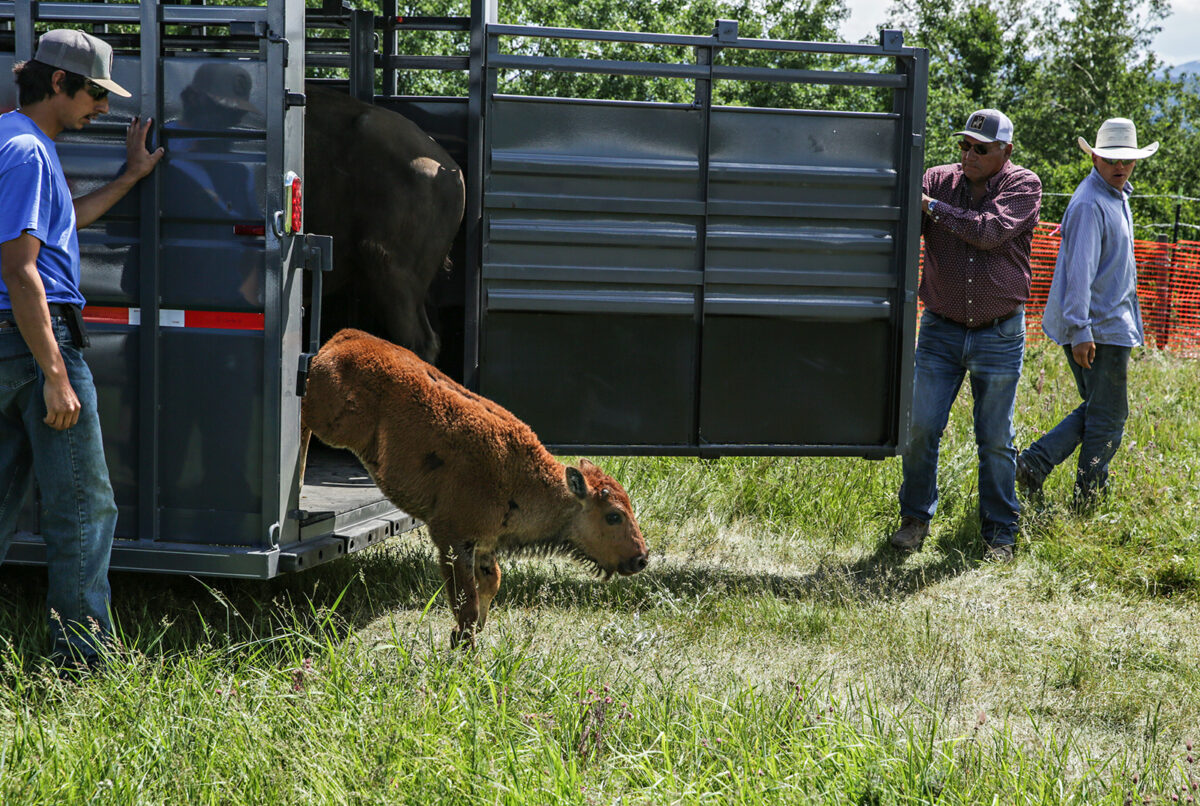
Gerald “Buzz” Cobell, the director of the Blackfeet Fish and Wildlife Department, is working to promote stewardship of the Blackfeet Nation’s natural resources among its native stewards, mentoring Indigenous biologists and bringing them up through the ranks while ensuring they’re compensated. To that end, a guardian program is underway, with young tribal members tasked with monitoring the bison herd and tracking its movements.
Cobell also continues to seek out opportunities for native scholarships and STEM research grants, with the aim of fostering interest among would-be Blackfeet biologists.
“We’re trying to build out the capacity of our tribal programs and create more opportunities for our young people,” he said.
Michael Jamison, campaign director for the National Parks Conservation Association’s Crown of the Continent Initiative, said several non-governmental organizations are working to identify other range units with conservation potential and secure funding for their protection, as well as the benefit of other migrating species.
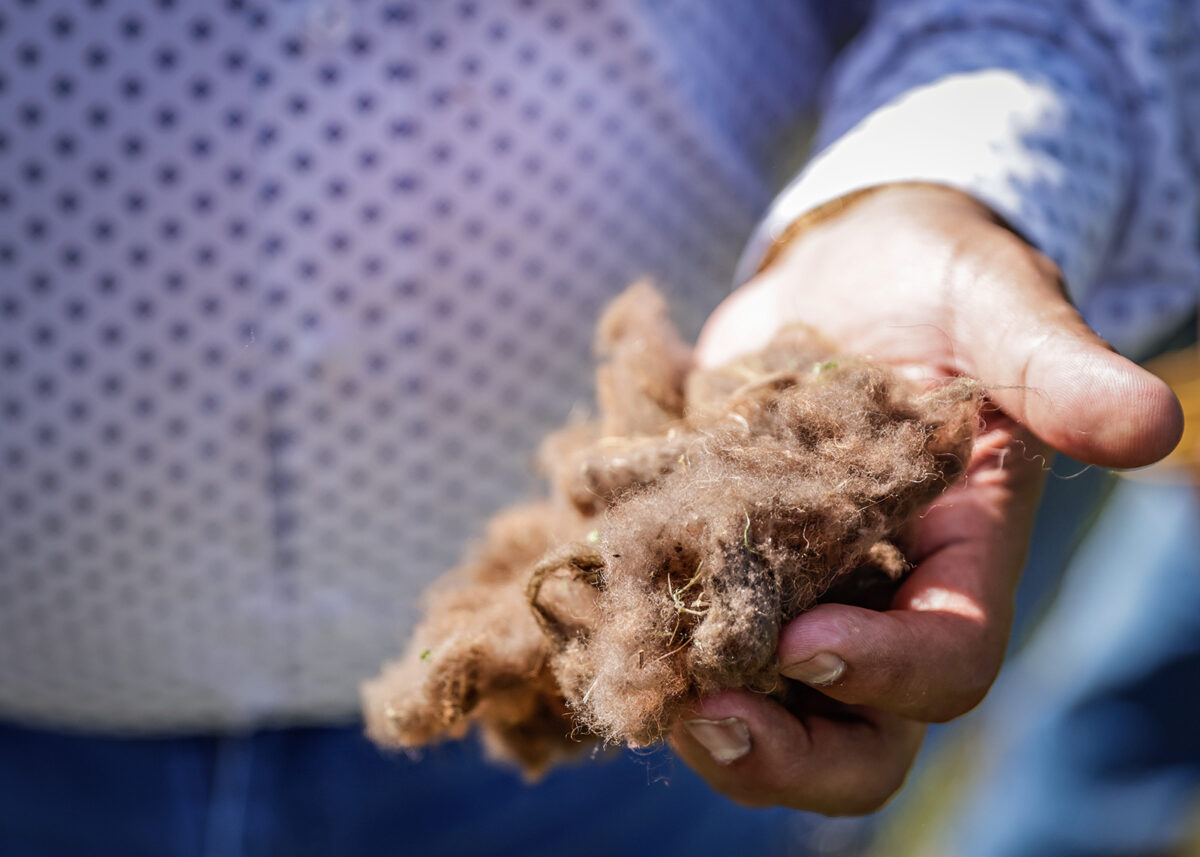
The hope of the Blackfeet as well as its conservation and agency partners is that the restoration of the bison will heal the grassland habitats just as it heals the health of a community
“It’s kind of like a Trojan Horse, except it’s a Trojan Buffalo,” Jamison said. “And packed into that buffalo is the expression of tribal sovereignty and reserved treaty rights and land claim, and also a lot of wild nature and conservation. I mean, they’re rewilding this place for bison, but the reality is they’re creating corridors for elk and other migrating species, too. There’s beaver work and watershed work taking place on this landscape, and all of that work is on the back of the buffalo. The buffalo made all of this possible.”
According to the strategy the tribe adopted through its Blackfeet Buffalo Restoration Plan: “For tens of thousands of years, bison fundamentally shaped the ecology of prairie ecosystems and Native American cultures. Immense herds grazed and enriched the grasslands and mountain foothills across North America. Acting as bio-engineers on this landscape, bison shaped plant communities, transported and recycled nutrients, created habitat variability that benefited grassland birds, insects, and small mammals, and provided abundant food resources for species such as grizzly bears and wolves. For almost as long, bison, more than any other species, linked Native people to the land. Following the great slaughter of the 19th century, bison have been missing from these lands and cultures.
There is growing recognition that the absence of bison has led to the deterioration of the ecological health of the area and represented a cultural loss to Native people across North America.”
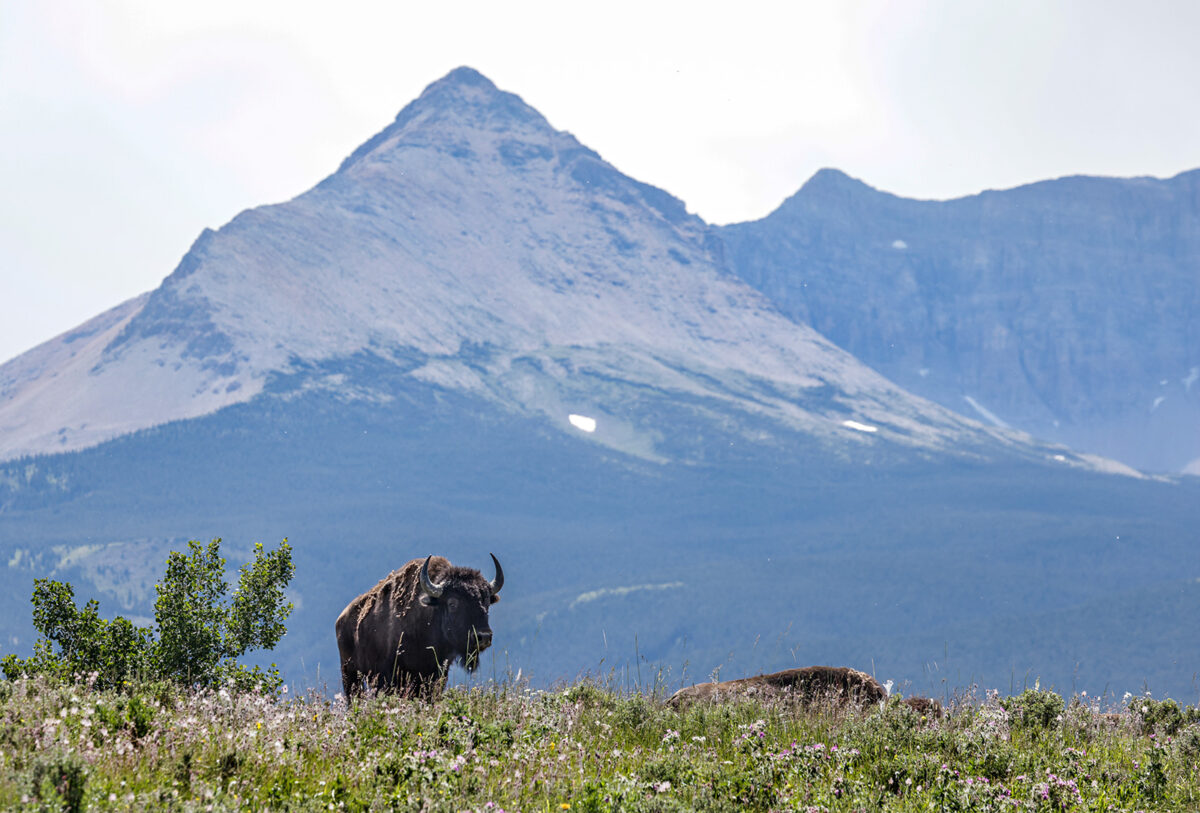
For Augare, the educator, the historic return of the bison to their ancestral land isn’t about turning the clock backward. Instead, she said, “this is about learning from our past and building our future.”

